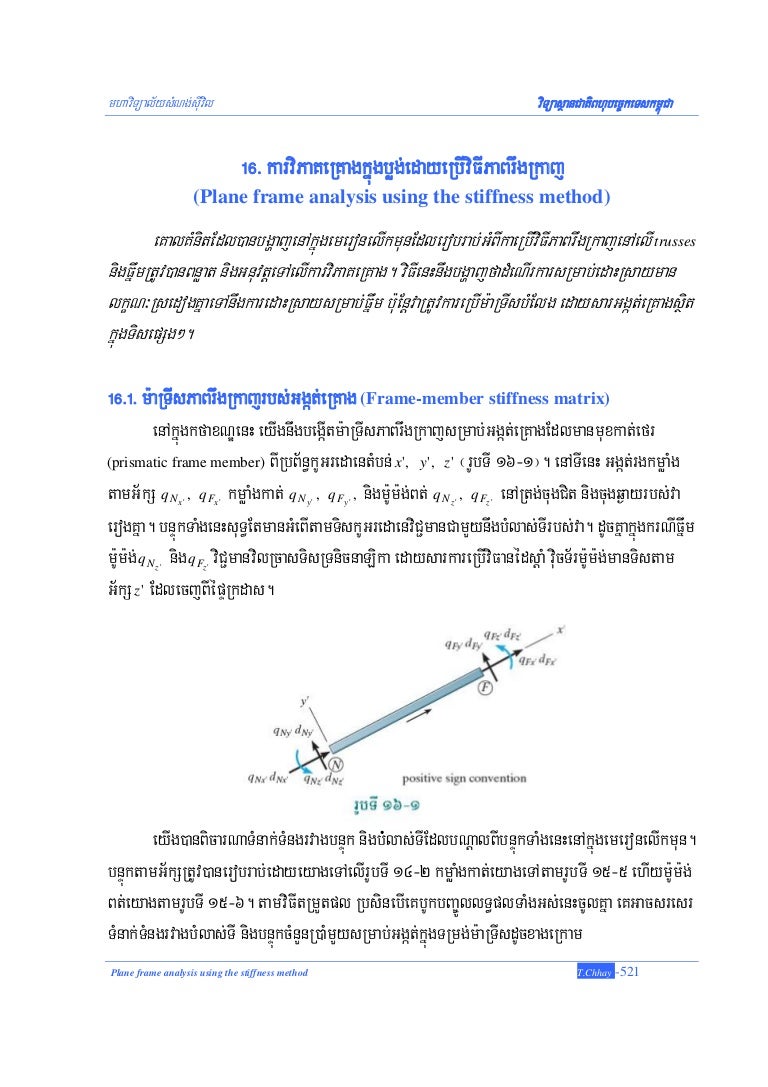

A careful observation of the structure being considered will show that there are two possible redundant reactions and two possible primary structures (see Fig. A primary structure must always meet the equilibrium requirement. The structure that remains after the removal of the redundant reaction is called the primary structure. This means that there is one reaction force that can be removed without jeopardizing the stability of the structure. The beam has four unknown reactions, thus is indeterminate to the first degree. Once the redundant forces are known, the structure becomes determinate and can be analyzed completely using the conditions of equilibrium.įor an illustration of the method of consistent deformation, consider the propped cantilever beam shown in Figure 10.1a. This method entails formulating a set of compatibility equations, depending on the number of the redundant forces in the structure, and solving these equations simultaneously to determine the magnitude of the redundant forces. A redundant force can be an external support reaction force or an internal member force, which if removed from the structure, will not cause any instability. In this method, the unknowns are the redundant forces. The force method of analysis, also known as the method of consistent deformation, uses equilibrium equations and compatibility conditions to determine the unknowns in statically indeterminate structures.

10.2 Maxwell-Betti Law of Reciprocal Deflections.


 0 kommentar(er)
0 kommentar(er)
